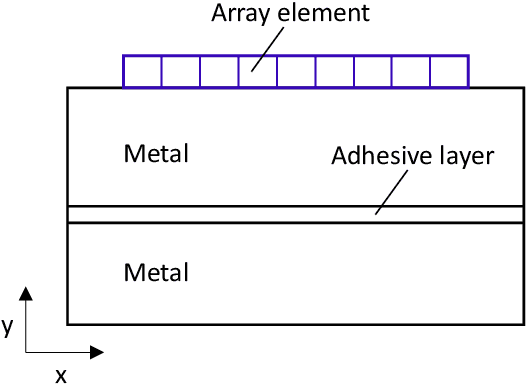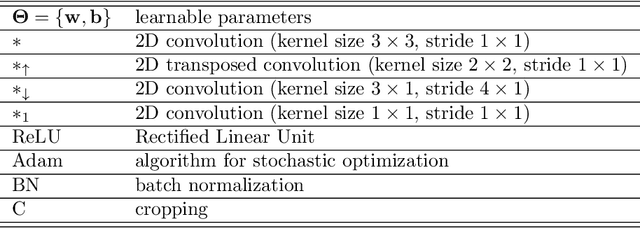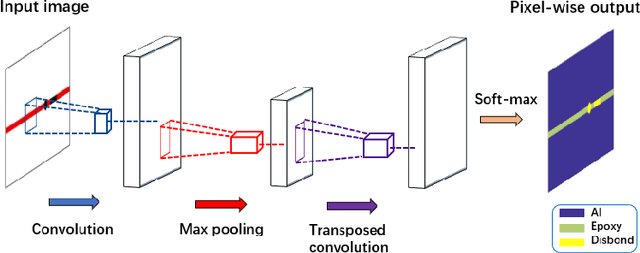Jing Rao
Physics and Deep Learning in Computational Wave Imaging
Oct 10, 2024



Abstract:Computational wave imaging (CWI) extracts hidden structure and physical properties of a volume of material by analyzing wave signals that traverse that volume. Applications include seismic exploration of the Earth's subsurface, acoustic imaging and non-destructive testing in material science, and ultrasound computed tomography in medicine. Current approaches for solving CWI problems can be divided into two categories: those rooted in traditional physics, and those based on deep learning. Physics-based methods stand out for their ability to provide high-resolution and quantitatively accurate estimates of acoustic properties within the medium. However, they can be computationally intensive and are susceptible to ill-posedness and nonconvexity typical of CWI problems. Machine learning-based computational methods have recently emerged, offering a different perspective to address these challenges. Diverse scientific communities have independently pursued the integration of deep learning in CWI. This review delves into how contemporary scientific machine-learning (ML) techniques, and deep neural networks in particular, have been harnessed to tackle CWI problems. We present a structured framework that consolidates existing research spanning multiple domains, including computational imaging, wave physics, and data science. This study concludes with important lessons learned from existing ML-based methods and identifies technical hurdles and emerging trends through a systematic analysis of the extensive literature on this topic.
Quantitative reconstruction of defects in multi-layered bonded composites using fully convolutional network-based ultrasonic inversion
Sep 11, 2021



Abstract:Ultrasonic methods have great potential applications to detect and characterize defects in multi-layered bonded composites. However, it remains challenging to quantitatively reconstruct defects, such as disbonds and kissing bonds, that influence the integrity of adhesive bonds and seriously reduce the strength of assemblies. In this work, an ultrasonic method based on the supervised fully convolutional network (FCN) is proposed to quantitatively reconstruct defects hidden in multi-layered bonded composites. In the training process of this method, an FCN establishes a non-linear mapping from measured ultrasonic data to the corresponding velocity models of multi-layered bonded composites. In the predicting process, the trained network obtained from the training process is used to directly reconstruct the velocity models from the new measured ultrasonic data of adhesively bonded composites. The presented FCN-based inversion method can automatically extract useful features in multi-layered composites. Although this method is computationally expensive in the training process, the prediction itself in the online phase takes only seconds. The numerical results show that the FCN-based ultrasonic inversion method is capable to accurately reconstruct ultrasonic velocity models of the high contrast defects, which has great potential for online detection of adhesively bonded composites.
 Add to Chrome
Add to Chrome Add to Firefox
Add to Firefox Add to Edge
Add to Edge